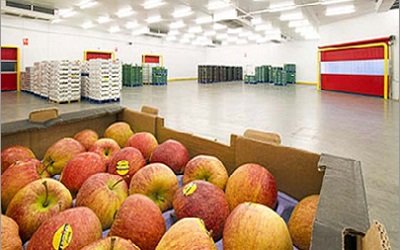Inside BENEO’s new pulse plant: pioneering sustainable protein from faba beans
While India is the second largest producer of fruits and vegetables in the world, the country’s integrated cold chain industry is nascent and is witnessing a wide demand and supply gap. Cold storages at production zones are archaic in nature. The lack of cool rooms and refrigerated transport is causing more than 40% losses in annual produce.
India’s integrated cold chain industry, a combination of surface storage and refrigerated transport – has been growing at a rate of 18% for the last three years. The industry, currently valued at Rs 245 billion (FY 2013), is expected to reach Rs 520 billion by 2017, growing at a CAGR of 20%.
India has around 5,400 cold storage units, but can only store less than 11% of the country’s total products. While 105million metric ton of perishable products is transported across India annually, only 4million metric ton is transported via reefers. To address the gap in demand and supply, the Indian government has introduced multiple initiatives, modernization of existing facilities, new ventures via private and government partnerships and many.
The private sector accounts for 90% of cold storages in India. In 2017 too, private players will dominate the surface storage segment, which is estimated to reach 95million metric ton. Players such as Snowman Logistics Limited and Gubba Cold Storage have announced plans to increase their capacity.
Cold chain service providers across the globe and in India have been researching new technologies that will not only decrease their operational costs, but will also give them a competitive advantage over their peers in the industry. One of the focus areas is currently to make reefer trucks more energy efficient to withstand the variations in the ambient temperatures at drop-off points.
“Cold chain storages in India are still archaic in nature and are only suitable for single commodities like potatoes and apples in comparison to the global industry. But with new initiatives by the Indian government and a steep growth in the consumption of processed foods, cold chain logistics will witness huge growth in the coming years,” says Shilpa Eguvanti, Team Lead, ValueNotes.
The ValueNotes report, titled Integrated cold chain industry in India, 2013-2017, discusses the current scenario and future prospects of the integrated cold chain framework across multiple industry verticals, along with various government initiatives that are boosting the market in India.

